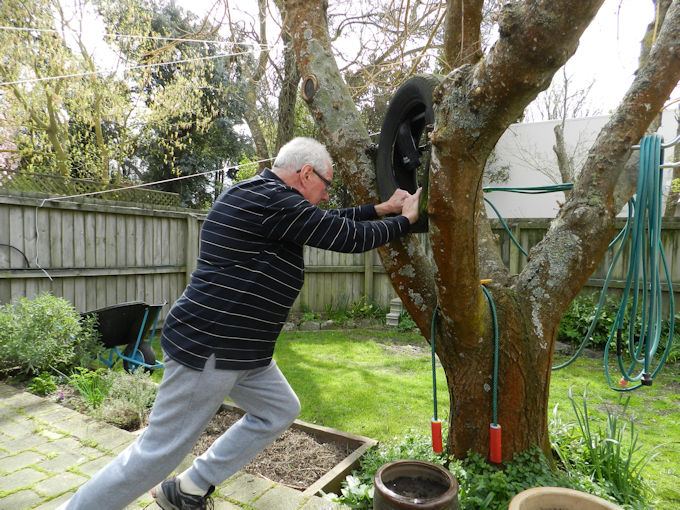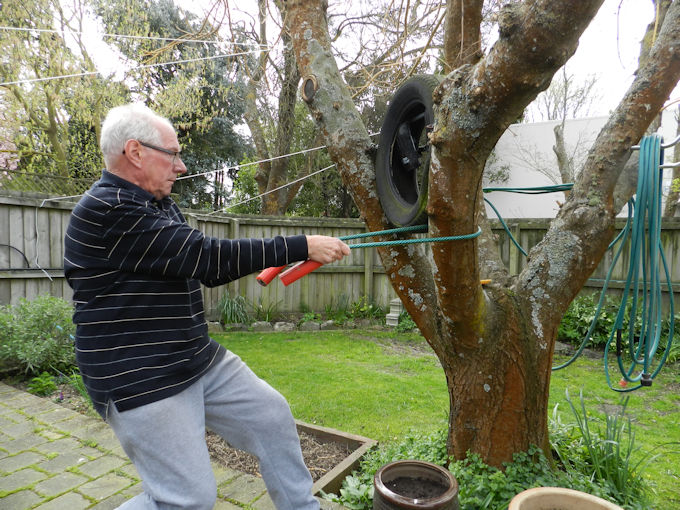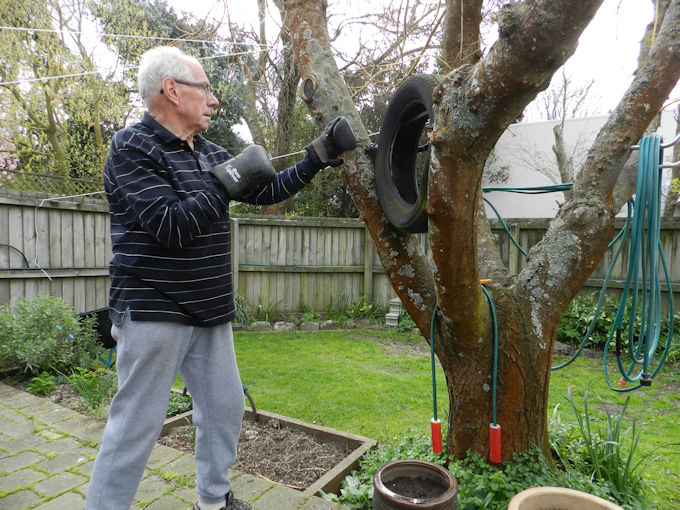The previous post was about the very overweight RNZ executive Megan Whelan, who discovered that going to the gym and working with a personal trainer did wonders for her confidence and her strength.
I’ve been very critical in the past of giving people “Green Prescriptions” so they could attend exercise classes at a discounted rate, so they might lose weight. The type of exercise that would be effective is likely to be very damaging to one’s joints, and because of a lack of strength compared with body weight injury, particularly falls, are likely.
For many years, at least eight, the University of Otago has researched and developed an exercise program for people who are recovering from illness, or elderly people who are in care, or elderly people living alone who are losing fitness and strength and are in danger of falling. This programme has been shown to be effective in preventing falls and reducing the severity of falls. It’s also been adopted in several countries round the world.
Bringing mobility to older adults — GiveFit – The Otago Falls Prevention Program in the USA.
In my life, I seldom see people who are this disabled. But clearly many people are severely disabled by excessive weight, breathing difficulty, back injury, or loss of strength. Joint issues concern many people, including myself.
Our bodies are designed to spend time outdoors every day, and to walk considerable distances and to carry loads. We should be able to walk upstairs easily, and able to stand a lot, even if you are over 70 years old. Unless you are unfortunate, being healthy in old age is a choice you can make, much earlier in your life.
Physical Therapist Margaret Martin shares 3 secrets to increase muscle strength in seniors and fifty plus. Her program is aimed at the sort of people I view as more common in the community. If you agree subscribing to her channel might be a good idea.
Two years on, I purchased some more weights and worked more at home using the Fitify App on my phone to give me variety. That’s my current routine, and it’s working well with some running, some cycling, and some walking on hill trails.
I do recommend using Tabata, a free or low-cost app which allows you to set times for preparation, work, and rest. I use it in many ways. To time my six-minute walk for instance. But also, to do things like timing stretching, or periods of lifting, or punching. eg. 30 seconds with a 6 second rest repeated 12 times.



I do quite a lot of ballroom dancing. I recommend social activities like that. Cycling groups and walking groups serve a similar purpose. I’m a little concerned that the walking group I’m mostly involved with, has slowed down a lot, and is avoiding the hills. We need to keep challenging ourselves. The following set of movements and stretches done by a ballroom dancer, may appeal to many of you.
Can I also recommend that you keep a simple health diary. We always forget the little details that show our health is improving or deteriorating. We say we will remember how far we walked in 6 minutes, but we forget. The doctor gives us a print-out of our latest blood tests, and we lose it because there’s no place to keep medical and fitness records like that. You need this information so that you can know about your own health.
I plan to write about keeping health records again. Please do that for yourself, nobody else can do that, for you.


Leave a Reply